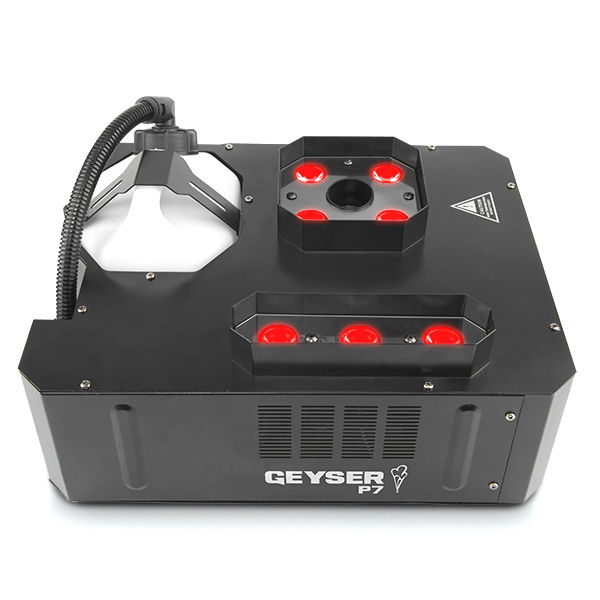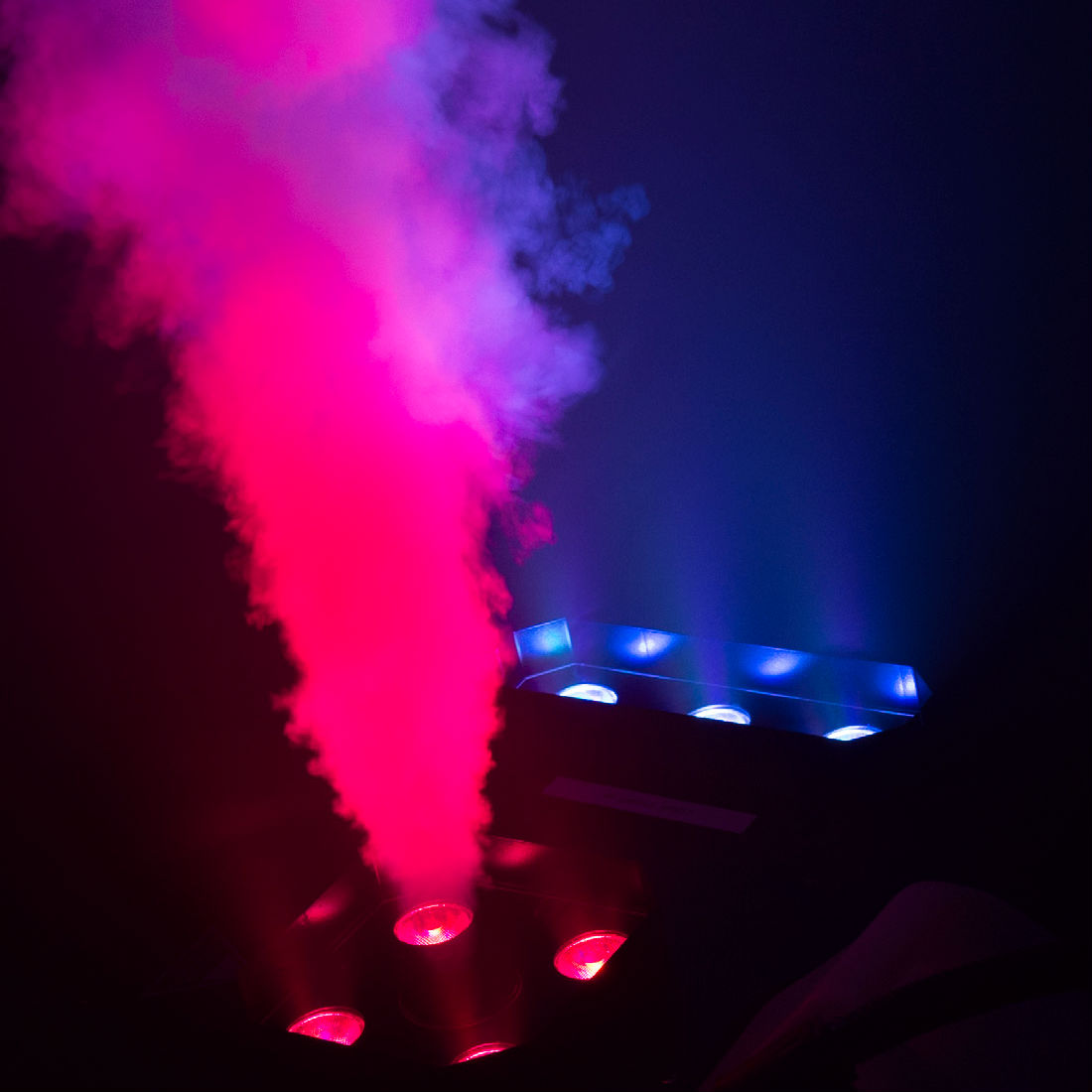Foggy Notions - Part 3: Wacky Tricks
Lately, I've become addicted to "Junkyard Wars," a show that's been running for several months now on cable TV. The basic premise of the show is that two competing teams are given a wacky task (build a working hovercraft, for example), a day to complete the task, and access to a junkyard full of scrapped cars, planes, boats and whatnot to supply their parts. Both teams usually come up with reasonable solutions to the task; the real fun is watching them implement their plans with whatever parts they can scavenge. It wasn't until recently, however, that I realized why I'm so drawn to this show - these guys are just like theatre technicians!
One thing that I've learned from working in the theatre is that sometimes a difficult problem can be solved by looking at existing equipment in a new way. It is in this spirit that I am writing this edition of Fun Facts. I'd like to look at two special effects problems and offer my suggestions for solving them by using fog.
Problem #1 Make fog appear on stage while the fog machine remains offstage.
The solution to this problem is commonly known as ducting, and is useful any time you need fog to appear somewhere, but cannot have the fog machine at that location. Many types of materials, both flexible and rigid, can be used to construct ductwork for fog. The minimum diameter for ductwork should be 4", as smaller diameters can cause the fog to recondense into liquid. I prefer 4" flexible dryer hose, as it's readily available and inexpensive, although it may not be durable enough for your needs. Rigid PVC pipe can also be used, and the many fittings available ("Y" connectors, 90-degree elbows, etc.) make it a great choice for complex ducting systems.
An important thing to remember is that the vapor coming out of the machine needs to mix with air to create fog. Therefore, you should keep an air space of 3-4 inches between the front of the fog machine and your ductwork. If you're using flexible dryer hose as ductwork, you can create a frame from chicken-wire to connect the hose to the fogger while maintaining the air space. With rigid PVC, you can simply place the fog machine a few inches in front of the duct.
If the fog needs to travel over a long distance, or up more than a few feet (e.g. fog needs to come from a statue's mouth) I would recommend adding a fan to the system. You should never blow fog through the fan, as this will break up the fog and can damage the fan as well. Instead, add a "Y" connection to the ducting and attach the fan to one leg of the "Y".
Problem #2 Make a performer's costume appear to smoke.
The first time I saw this particular problem - and its solution - was on a stagecraft newsgroup back in '97 or so. The original show that needed this effect was Clive Barker's "A History of the Devil," in which one of the characters had to smoke as if he had just emerged from the underworld. The technical director was stumped, as the "smoke" had to appear to be coming from the actor's body, and not from only one spot on his costume. The solution was simple, inexpensive and ingenious.
To make a performer's entire costume appear to smoke, you'll need a bit of cooperation from the costume department. If at all possible, the actor should be costumed in clothing that is loose and can be kept somewhat closed. A good example would be a man's business suit, one size too big for the actor. Just before the actor goes onstage, have a stagehand direct the output of a small fogger into the jacket of the costume (and perhaps up both legs). Care must be taken while doing this, as the vapor at the front of the machine is hot enough to scald. Allowing a few inches ofspace should protect the actor and maintain the needed air space to create the fog.
As the actor walks onstage, his movements will squeeze the fog out of the costume, making it appear to smoke. The effect can be enhanced by the actor patting down his costume, pushing more fog out of the seams. The costume should hold enough fog for about a minute's worth of smoke. This effect also works great for characters that have just been in an explosion, or set on fire (think "You Can't Take It With You" or Uncle Fester from "The Addams Family").
These two tricks are just the tip of the iceberg when it comes to using fog. One of the joys of working in theatre is solving an old problem in a new and original way. If you have a favorite "foggy trick" that you'd like to share, or a "foggy problem" that's been bugging you, e-mail it to me.
*********************************************
Theatre Effects Customer Service Department
service@theatrefx.com
www.theatrefx.com
Theatre Effects, 1810 Airport Exchange Blvd. #400, Erlanger, KY 41018
Phone: 1-800-791-7646 or 513-772-7646 Fax: 513-772-3579









